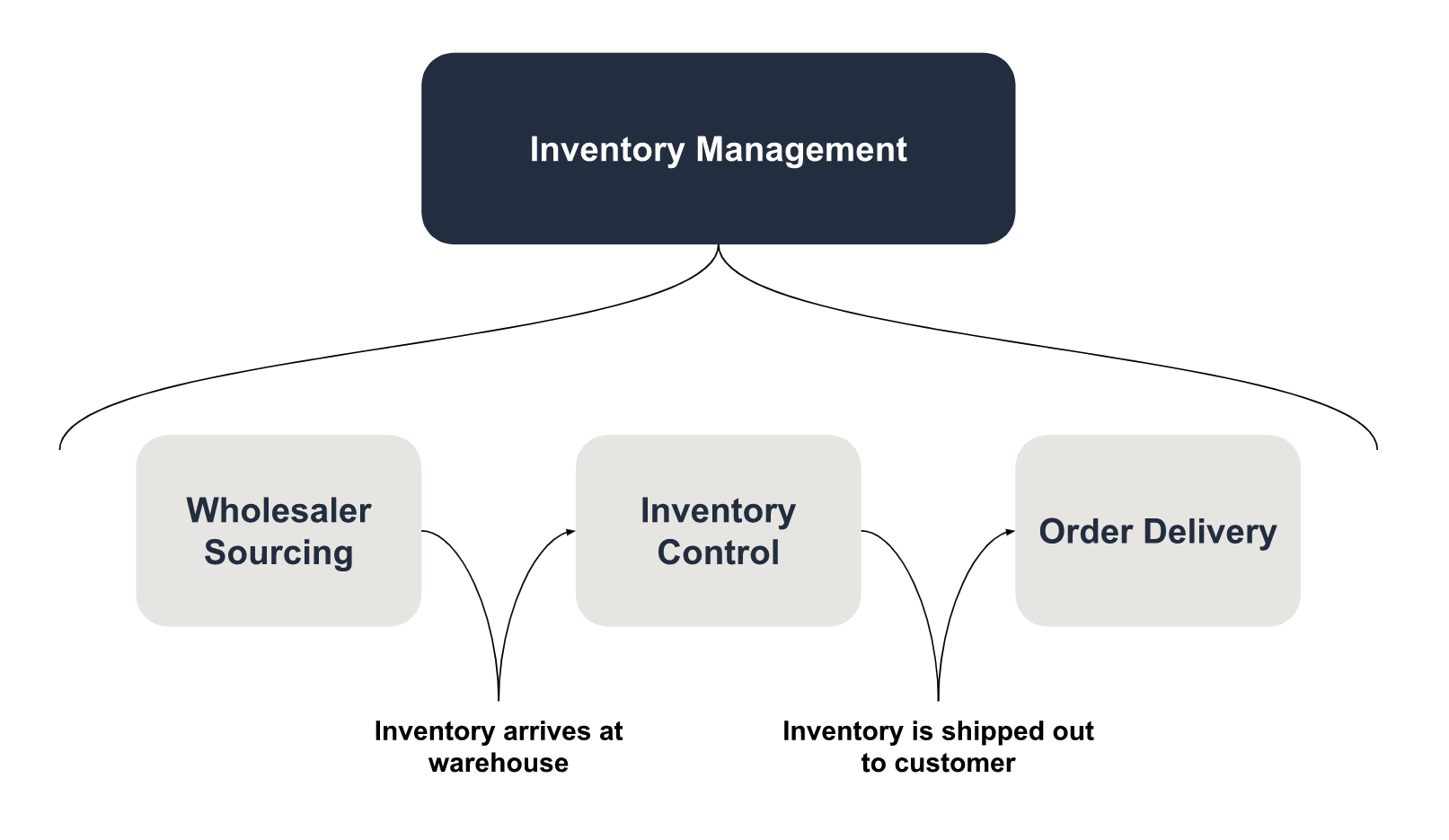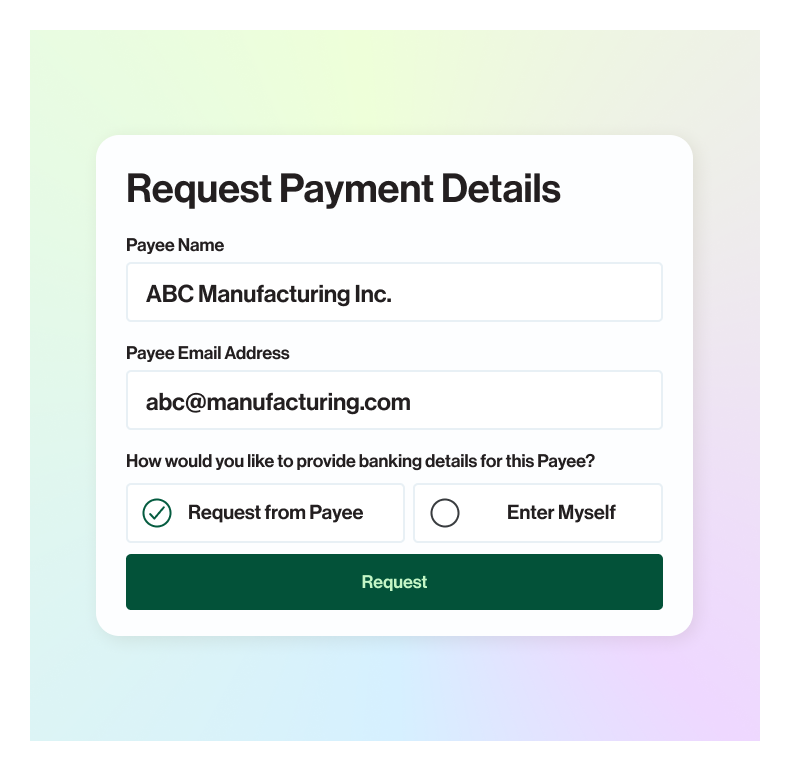Share This Article
In this article
There are many challenges that an ecommerce busines owner must face. Some of them are common ground topics that all businesses come across like how to price your product, and other challenges are only for the bigger ecommerce companies who have been successful enough to inherit a set of challenges that are not so common. Today we look at one of those challenges: Understanding lead times to help scale your operations.
What is lead time
The term “lead time” is used to describe the time it takes from sending in a purchase order to a supplier, to when the inventory is processed at your warehouse. It is the gap in time that decides whether you’ll be facing a stockout, or whether your inventory will arrive in time.
Lead times are an extremely important factor when figuring out your inventory management strategy for your ecommerce business. It is the main estimator for when you should reorder stock.
This is an especially relevant factor when adding new product lines to your online store since the new products will have their own lead times that may be separate from your regularly scheduled deliveries.
How to estimate lead times
Lead time calculations take into account two main contributing factors: your reordering delay, and your supply delay.
Reordering delay - this is the time it takes for your supplier to accept, process and benign executing on your purchase order and is the first stage of a lead time calculation.
Supply delay - this is the time it takes for your supplier to manufacture and ship the inventory to your warehouses and is generally the biggest contributing factor to long lead times.
Lead Time = Reordering Delay + Supply Delay
For example, using the case study provided within the video we know that an online store selling slippers has the following metrics:
Weekly sales (units): 10,000
Supplier time to process purchase order: 1 day
Supplier time to manufacture purchase order: 2 days
Supplier time to ship purchase order to the store’s warehouse: 3 days
This means that this store’s reordering delay is 1 day to process and accept the purchase order, while the supply delay is the 2 days it takes to manufacture the purchase order in addition to the 3 days it takes to ship the inventory to the warehouse.
Lead Time = Reordering Delay + Supply Delay
Lead Time = 1 day + (2 days + 3 days)
Lead Time = 6 days
This particular store’s lead time is 6 days which means they will need to order 10,000 slippers at least 6 days before they are expected to start selling this batch.
What factors impact lead times
There are several factors that will impact the reordering delay and supply delay, thereby changing your store’s lead time.
Changes to your online store’s lead times can impact your sales volume, revenue and even your customer experience. That is why an ecommerce business owner must always be aware of the factors at play which decide how fast you can restock.
We can look at these factors piece by piece.
Factors Impacting Your Reordering Delay
Approval processes in your business - The order approval process within your business may be lengthy enough that it extends and impacts the reordering delay. It all relies on how much time it would take your organization to put in a purchase order once it is decided that inventory must be reordered. For small ecommerce companies with a small team or a flat hierarchy this can be a matter of hours, if not minutes. For bigger ecommerce companies this can take days, or weeks to obtain the appropriate permissions and prepare the funds for a purchase order.
Supplier’s reordering technology - Typically suppliers who rely on manual methods of logging and recording purchase orders will have a much longer delay compared to suppliers who have the technology set up to approve purchase orders automatically.
Disorganized or untracked inventory - Not knowing how much inventory your store currently holds is surprisingly one of the most common reasons for long lead times. Making a decision of whether to reorder could take much longer if the inventory needs to be manually accounted for in order to calculate whether a new purchase order is needed.
Factors Impacting Your Supply Delay
Customs and border services - Shipments of products can sometimes be subject to tax procedures or safety inspections which can cause delays in getting the inventory to your warehouse, thereby extending the supply delay.
Supply chain expansion - When an online store increases the amount of inventory purchased, expands into a broader range of SKUs or changes suppliers, the supply delay of the online store can be severely impacted as the supply chain readjusts to the new normal.
General shipping delays - Shipping one single product is a logistics-intensive process. Shipping a bulkload of products between a factory and a warehouse has even bigger logistical challenges and can always be subject to a transporting delay due to unexpected circumstances in transit.
How to optimize lead times
Thankfully for all of us business owners, there are always things we can do to optimize and shorten our lead times to make for a more efficient supply chain.
1. Changing to more efficient shipping methods
This can be as simple as using air instead of freight, this can reduce your lead time by a great deal allowing you to have a bit more breathing room when reordering
2. Sourcing materials and labour locally
It is no surprise that the closer your supplier is to where your warehouses are located, the quicker you will be able to restock as your shipping time will be reduced. This is why North American online stores shipping merchandise from Asia will almost always have a longer lead time than if they sourced product from North America.
3. Automate ordering process
Typically an option available if you’re working with a sophisticated supplier. This would entail linking your inventory management system to your supplier’s reordering software to automatically submit a purchase order for the right amount when needed according to your agreement with the supplier. Effectively reducing your reordering delay and therefore your lead time.
4. Reduce non-value added activities impacting lead time
This can include anything from how you order, to the hierarchy of permissions needed to make a purchasing decision. Any steps that you can take to reduce the admin workload involved in restocking will shorten your lead time and create an efficient inventory management practice.
With any of these optimization methods, a business owner must take a look at the additional cost they may bring to the table.
Much like most inventory management processes, lead times are a product of the efficiency of your operations. If you have a reliable supplier and an effective process for reordering stock, your business will be able to scale without lead time problems - something essential for the fast-growing ecommerce businesses of today.

This is a brief blurb that should summarize what loop does. Maybe it will serve as a brief intro to some of the features?












